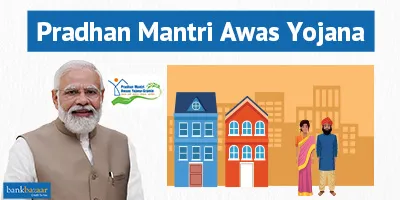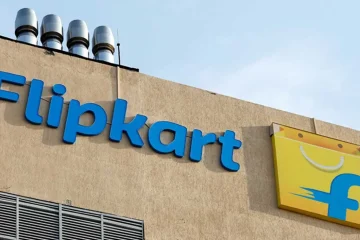PM Awas Yojana: Transforming Housing in India

Introduction
PM Awas Yojana (PMAY) is a flagship program of the Government of India aimed at providing affordable housing for the urban and rural poor. Launched in June 2015, this initiative seeks to ensure that every citizen has access to a concrete, secure, and sustainable home. With over 1.12 crore houses sanctioned so far, PMAY addresses the critical need for housing in a rapidly urbanizing nation, signaling its relevance in social welfare and economic growth.
Details of the Program
The primary focus of PM Awas Yojana is to provide houses to individuals and families from economically weaker sections (EWS), low-income group (LIG), and middle-income groups (MIG). The scheme provides interest subsidies on home loans, financial assistance, and other supportive measures to encourage home ownership. Under the scheme, urban beneficiaries can avail an interest subsidy of up to 6.5% on home loans, while rural beneficiaries can get up to Rs. 2.5 lakh for the construction of houses, with an aim to provide housing by 2022.
In 2023, the PMAY has seen significant changes aimed at expediting the process of housing allocation. As per the latest updates, the government is streamlining the approval process and extending deadlines to ensure timely completion of housing projects. The introduction of technology in the application and construction phases is intended to make the initiative more transparent and accessible. Additionally, the Union Budget has allocated more funds to further bolster the ambition of providing ‘Housing for All.’
Recent Developments
Recently, the government announced additional measures to enhance PMAY’s effectiveness. New provisions are being implemented for the inclusion of green technologies and eco-friendly materials in the construction of houses. This aligns with India’s commitment to sustainable development and environmental friendliness. Furthermore, the expansion of PMAY to potentially include migrant workers and other groups significantly affected by economic downturns is being deliberated, which could widen the scope of this critical initiative.
Conclusion
The PM Awas Yojana has been a game-changing initiative in India’s journey towards ensuring that every citizen has a roof over their head. As the program evolves with new policies and expanded outreach, it holds the potential to transform the socio-economic landscape by fostering stability and security for countless families. Looking ahead, ongoing assessments and adjustments are crucial in maximizing the impact of this scheme, thereby fulfilling the government’s vision of ‘Housing for All by 2022’. For citizens, the availability of affordable housing can lead to improved quality of life, employment opportunities, and overall economic upliftment.









